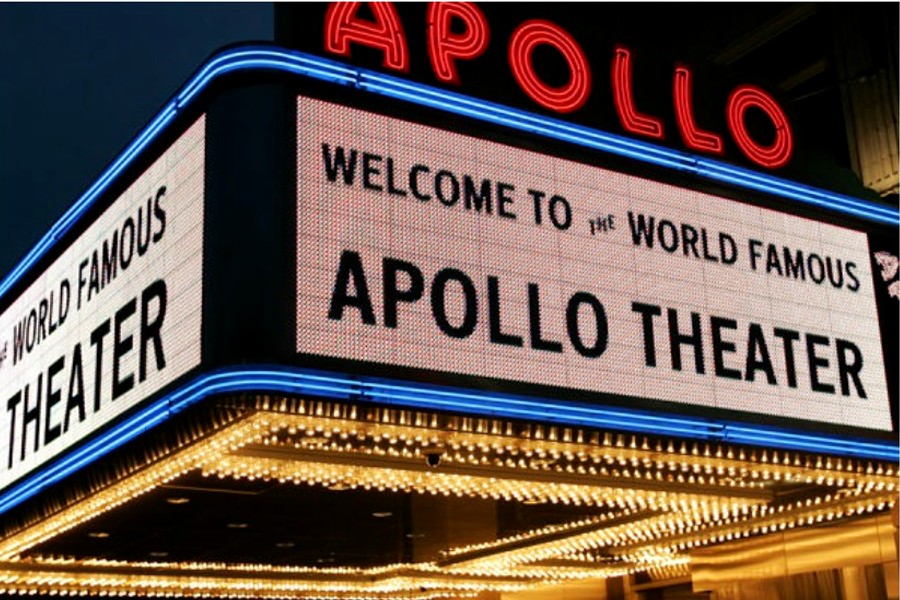
When people consider traveling to New York City, most conjure mental pictures of Times Square, Central Park, the Statue of Liberty, and iconic buildings such as the Empire State or Flatiron Building.
Few consider the uptown district of Harlem as a place worth visiting. However, those who do often wonder why it wasn’t their first choice. In this article, we’ll explain why visiting Harlem is a top choice for anyone, including New Yorkers.
A Bit of History
How did Harlem develop? The best way to analyze this is by looking back in history. It explains how such a vibrant community evolved into what it is today. And it starts more or less in the late 19th century.
Back then, Manhattan was experiencing strong urban development. As living space was hard to come by, this development shifted northwards, specifically targeting the then-Harlem farmland.
It was envisioned as a middle-class spot for white families. However, a housing crash ensued, and at the time, it was challenging to find services that can help resolve tax debt or even debt in general. It meant that black, working-class families moved in instead. It was an ideal spot for them since it was close to Downtown, where most people worked.
It created a robust cultural hotspot where the early highlights were Jazz music, art, and literature. In fact, New York’s most acclaimed jazz venues today are in Harlem.
The Apollo Theater
Perhaps the most well-known icon of Harlem is the Apollo Theater on W125th Street. It has a long history that has stood the test of time as a platform for new talent.
In the 1930s, it was the only theater in Harlem where Black Americans could enjoy cultural events. It made the theater famous worldwide as a center for black culture and put Harlem on the map.
It was not random, though. The management knew many Black Americans would emigrate to escape racism from the South, and they developed the theater to engage that specific audience. It worked amazingly well.
Among the luminaries discovered at the Apollo, Ella Fitzgerald and Lauryn Hill are just a few. Most significant artists worldwide, such as Jimi Hendrix and Mariah Carey, have also performed here.
It’s such a cultural icon that fans gather in front of the Apollo when black artists die, as was the case with Michael Jackson, Prince, and James Brown.
An Urban Oasis
New York is one of the most populated cities on Earth. Even though many visit the city precisely for its skyline, to some, never-ending skyscrapers can be intimidating. Harlem is, at times, a completely different picture.
Tranquil streets, wide pavements, and trees are abundant in Harlem. Parks are beautiful, too. They have benches, big trees, waterfalls, and barbecue zones. There’s definitely a hipster vibe with trendy cafés and many small businesses, most locally owned.
It’s also the home of Hamilton Grange. This manor was the home of Alexander Hamilton, one of the American Founding Fathers. It was built in 1802 and, at the time, was a 30-acre estate.
The manor conserves the original looks; you can find wooden sideboards, busts, and silverware. It’s another highlight that sets the tone for the entire neighborhood: variety, culture, and contrast.
Markets and Delicacies
There are a lot of markets in Harlem. For example, you can visit the Malcolm Shabazz Harlem Market to find original African clothing, musical instruments, and other elements.
There’s also a farmer’s market on Saturdays and the Uptown Night Market with more than 50 food vendors in West Harlem.
However, just by walking its streets, you can find a myriad of culinary options. Many of them are owned by African Americans from the neighborhood itself. For instance, Manhattan’s first craft beer bar exclusively owned by African Americans is here, Harlem Hops.
Ethiopian-Swedish chef Marcus Samuelsson also made waves when he opened the Red Rooster restaurant in 2010. It offers soul food such as cornbread, shrimp, grits, and other staples.
Times Are Changing
Still, the picture of Harlem is changing because of a major driver: the “evil” called gentrification. There’s a lot of debate about this, and whatever your take, something is inescapable: the landscape is changing.
For instance, there are new developments, such as condos, that feel a bit out of place. Real estate prices are up to the roof, driving locals away. The main issue is whether the neighborhood is becoming more prosperous or losing its identity.
Harlem is getting “blacker” and “whiter” at the same time. While many white people are moving into the area, black entrepreneurs keep the culture alive with their businesses. Thus, an exciting combination is taking place.
Looking back at Harlem’s history, you can’t help but ponder the many changes it endured. But whatever shape Harlem ends up mutating into, it’ll always be regarded as a place of culture and diversity.
Photo credit: Source. This content is part of the HWM Partnership.
- Wells Fargo Shares Economic Impact From Open For Business Fund
- Harlem Rallies For Kamala Harris: A Historic Gathering Of Black Women Leaders
- In Conversation With Ketanji Brown Jackson At The Apollo Theater In Harlem
- Chancellor David C. Banks Appoints Simone Hawkins As Deputy Chancellor For Early Education
- Vibrant Summer Styles Are Making A Comeback 2024
Become a Harlem Insider!
By submitting this form, you are consenting to receive marketing emails from: Harlem World Magazine, 2521 1/2 west 42nd street, Los Angeles, CA, 90008, https://www.harlemworldmagazine.com. You can revoke your consent to receive emails at any time by using the SafeUnsubscribe® link, found at the bottom of every email. Emails are serviced by Constant Contact









